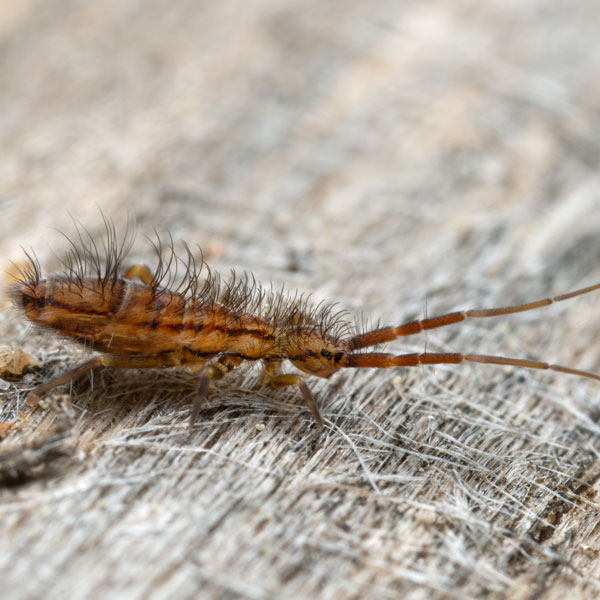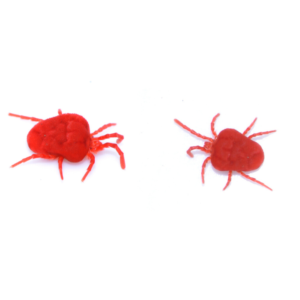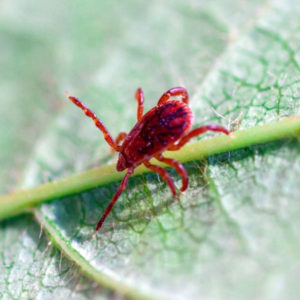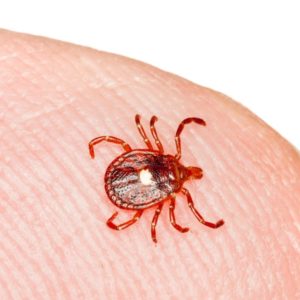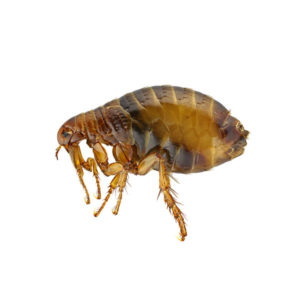Springtail Identification
What Do Springtails Look Like?
Springtails are tiny, wingless hexapods measuring about 4 to 10 millimeters in length. They vary in color, ranging from white, gray, or black to shades of brown. Springtails have elongated bodies with distinct heads and a forked appendage called a furcula, which they use to jump when disturbed. They have soft bodies and are often found in moist environments like soil, leaf litter, and decaying organic matter.
Signs of a Springtail Infestation
Signs of a springtail infestation include noticing small jumping insects around sinks, bathtubs, or damp areas inside the home. You may also see them congregating in large numbers on surfaces such as window sills or basement floors. In outdoor areas, springtails may be present in moist soil or leaf litter. Their presence indicates high moisture levels and potential structural issues.
Habitat, Diet, Life Cycle & Bites
Where Do Springtails Live?
Springtails sometimes alarm homeowners by appearing in large numbers in moist indoor areas such as kitchen sinks, bathtubs, and in the soil of houseplants. They may also be found outdoors in swimming pools, moist landscaped areas or vegetable gardens, and on the surface of mud puddles. They usually appear in the spring and early summer, but can be found year-round in moist environments. Springtail infestations are usually associated with dampness, organic debris, and mold.
Diet of a Springtail
Springtails primarily feed on decaying organic matter such as fungi, algae, and bacteria found in soil, leaf litter, and other damp environments. They also consume plant matter, including roots and seedlings, and may feed on microorganisms such as protozoa and nematodes. Springtails play a role in decomposition and nutrient cycling in ecosystems.
Life Cycle of a Springtail
The life cycle of a springtail consists of three stages: egg, nymph, and adult. Eggs are laid in soil or organic matter. Nymphs resemble adults but lack fully developed reproductive organs. They molt several times before reaching adulthood. Springtails reproduce sexually, and adults can live for several weeks to months, depending on environmental conditions.
Do Springtails Bite?
No, springtails do not bite humans or animals. They are harmless and do not possess mouthparts adapted for biting or piercing skin. Springtails primarily feed on decaying organic matter and microorganisms in soil and other moist environments, and they pose no threat to humans or pets.
Are Springtails Dangerous?
Since springtails jump when disturbed, they are sometimes confused with fleas. However, springtails do not bite humans or pets, nor do they spread disease or damage household furnishings. Mainly a nuisance pest, springtails can become a problem in newly constructed buildings because of damp building materials and wet plaster. As the building dries, the springtails will die off or leave. They can also be a nuisance around swimming pools when they fall in and drown in large numbers, often coating the pool surface. Although unsightly in the pool, they can be safely removed without cause for concern.
How to Get Rid of Springtails
To get rid of springtails, reduce moisture levels in and around the home. Vacuum up springtails and remove decaying organic matter. Need help getting rid of springtails? Contact our professional flea and tick exterminators today!
Springtail Prevention Tips
To prevent springtail infestations, maintain low moisture levels indoors by fixing leaks, using dehumidifiers, and ensuring proper ventilation. Remove decaying organic matter from around the home, such as leaf litter and mulch. Seal cracks and gaps in the foundation and around windows and doors to prevent entry.
See our flea and tick prevention tips for more information on preventing fleas and ticks in your home.
Need help with Springtails control?
FAQs
Should I kill springtails?
Killing springtails is not usually necessary unless they become a nuisance indoors. Springtails are harmless and play beneficial roles in ecosystems, so it’s best to address underlying moisture issues instead.
Why are there springtails in my house?
Springtails may enter homes seeking moisture or shelter from outdoor conditions. High humidity levels indoors, water leaks, or damp areas such as basements or bathrooms can attract and sustain springtail populations.
Do I need to worry about springtails?
In most cases, no. Springtails are harmless and typically do not pose a threat to humans or property. However, if their presence becomes excessive or persistent, it may indicate underlying moisture issues that require attention – that’s where our expert team at Bug Out can help!
What is the purpose of springtails?
Springtails play important roles in ecosystems by aiding in decomposition and nutrient cycling. They help break down organic matter, such as leaf litter and dead plants, and contribute to soil health.

